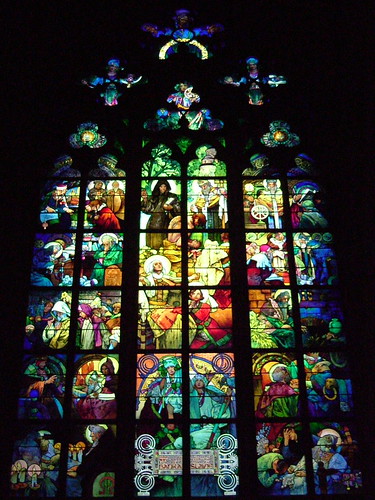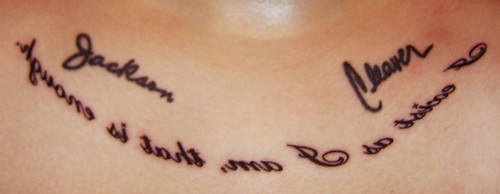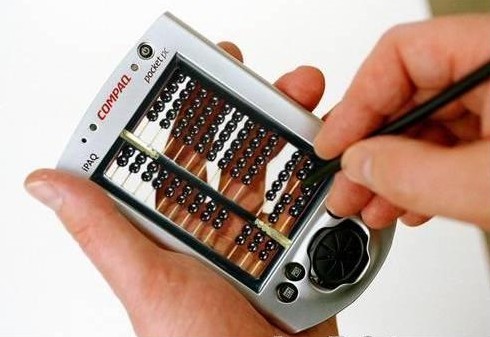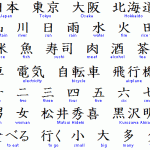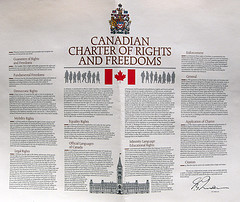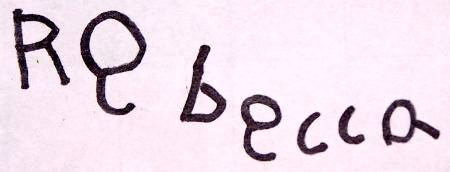Topics/Writing is a drag/ questions from the first module/ personal definitions of Text and Technology, Orality becomes Residual….more questions…
I think we have had an amazing discussion in terms of defining Text and Technology…and Orality… as pointed out in the cambridge session…. someone always objects to a new technology….
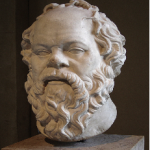
Socrates: Writing is ‘inhuman’
Writing, Socrates argues, is inhuman. It attempts to turn living thoughts dwelling in the human mind into mere objects in the physical world. By causing people to rely on what is written rather than what they are able to think, it weakens the powers of the mind and of memory. True knowledge can only emerge from a relationship between active human minds. And unlike a person, a text can’t respond to a question; it will just keep saying the same thing over and over again, no matter how often it is refuted.
What is Orality? When It becomes….Residual
‘Residual orality’ refers to thought and its verbal expression in cultures that have been exposed to writing and print, but have not fully ‘interiorized’ (in McLuhan’s term) the use of these technologies in their daily lives. As a culture interiorizes the technologies of literacy, the ‘oral residue’ diminishes.
[This information was Retrieved from Wiki Reference: Orality, Sept 14, 2009]
Questions from Module 1:
What is Text? Text to me is synonymous with writing, it also infers content and meaning, that is, text without meaning or letters that don’t form words, would not be “text” but rather just an assemblage of letters, of strokes on a page. Text is meaning, a codification of meaning, but the whole point of text for me is to communicate, communicate what? Communicate meaning.
What is Technology?: means everything that involves technique, that involves a tool, so a pen is a type of writing technology….and language is a kind or technology of orality…etc.
What, for example, does textile have to do with text? Texts are tapestries or weavings of words to create meaning… just as threads are used to create a pattern, letters are used to create a pattern that describes a word, which in turn describes or outlines a meaning….
In the hopes that a visual is in order here….and to layer that onto our discussion, of course all I come up is…more questions…such as…
How is meaning communicated visually?
….Some consider music the highest art form, but just how does music “speak” to us?
How do sounds through speech really communicate meaning?convey Emotion?
Okay I will let the picture do the rest of the speaking here….Barb


